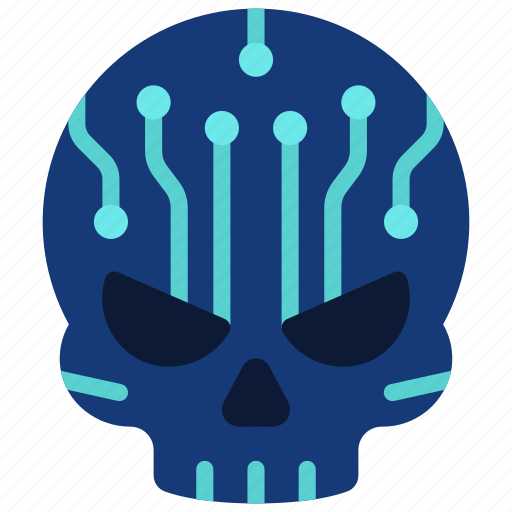
In the realm of website development, Cascading Style Sheets, better known as CSS, plays a crucial role. It allows developers and designers to give style and character to a web page, changing the way HTML elements appear on the screen. When we talk about custom CSS, we’re discussing a more specific subset of this, wherein developers write unique styles to personalize their web projects. Let’s delve deeper into the world of custom CSS and how you can leverage it to create a truly bespoke website.
The Essence of Custom CSS
Custom CSS refers to the CSS code written specifically by a developer or designer to customize the appearance and layout of a web page. While there are pre-designed themes and templates available, custom CSS allows for a unique touch, making a site stand out from the crowd.
When creating custom CSS, developers ensure the design corresponds to their vision or their client’s requirements. From changing the background color, typography, and layout to adding animations and transitions, custom CSS offers an unprecedented level of control over a website’s design.
Significance of Custom CSS
Custom CSS might seem like an extra step given the abundance of pre-designed themes and templates. However, its importance cannot be understated. Let’s examine why:
Unique Brand Identity
Every brand strives to be unique and memorable. Custom CSS allows a brand to truly express its identity through web design. Be it the company colors, fonts, or unique layout, custom CSS offers a canvas to paint a distinct picture.
Competitive Edge
Custom CSS offers an advantage in a highly competitive digital space. With most websites relying on similar themes, a custom-designed website can offer a unique user experience that sets it apart.
Adaptability
Pre-designed themes may not cater to all requirements or preferences. With custom CSS, developers have the freedom to implement any design, ensuring that the website adapts to the specific needs of the project.
The Journey of Writing Custom CSS
Writing custom CSS involves a series of steps, each requiring attention to detail and understanding of CSS fundamentals. The journey begins with a clear vision of what you want your website to look like, followed by translating this vision into code.
Design Vision
Before you start writing code, it’s crucial to have a design vision. This can include a sketch of your web page layout, the color scheme, the typography, and any specific design elements or animations you want to include.
Learning CSS
Understanding CSS basics is essential. This includes the syntax, how to select and style HTML elements, and more advanced concepts like CSS grid, flexbox, and animations.
Implementing the Design
Once the design vision and CSS knowledge are in place, the next step is to start writing the custom CSS code. This is where your vision comes to life.
Testing and Refining
After the initial implementation, it’s vital to test your design across various devices and browsers to ensure consistency. The design might require further refining based on these tests.
Embrace the Power of Custom CSS
Custom CSS offers an unmatched level of freedom and flexibility, allowing you to express your creativity and achieve a distinct brand identity. While the process might require an investment of time and effort, the results are undoubtedly rewarding.
Regardless of your project, whether it’s a small personal blog or a large e-commerce platform, custom CSS can make all the difference. Understanding the basics, practicing regularly, and not being afraid to experiment are key to mastering custom CSS. Embark on the journey and let your creativity shine!
